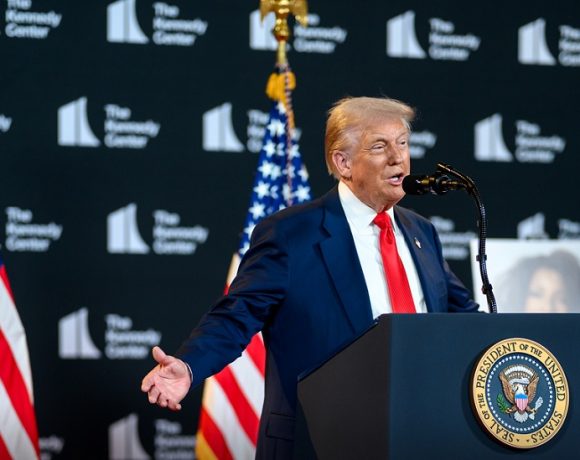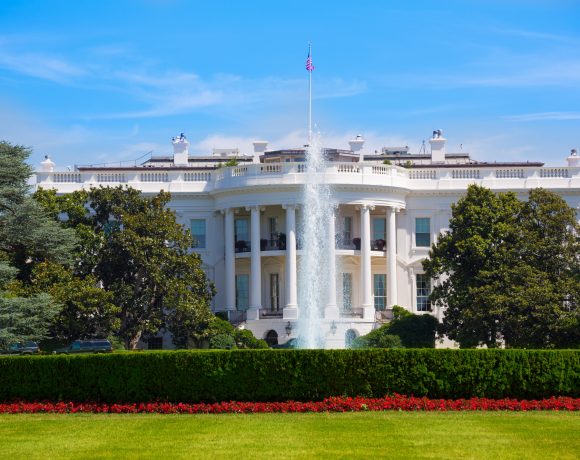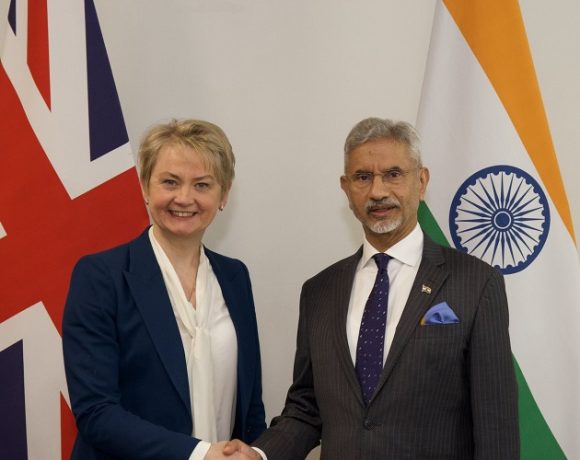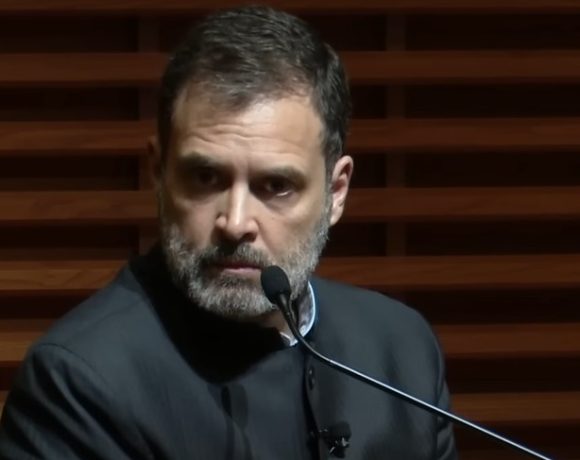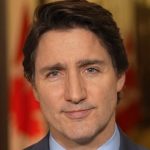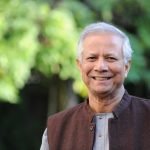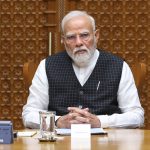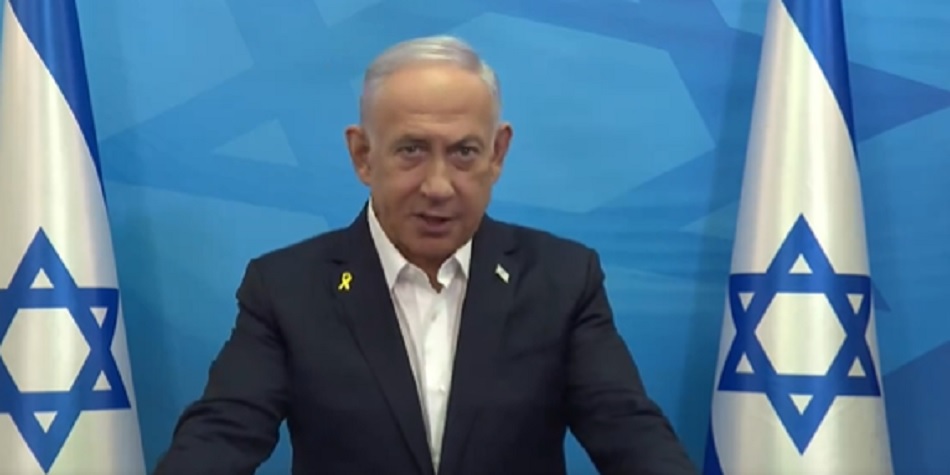
Netanyahu Pushes Ahead with Gaza City Offensive Amid Opposition
Israeli Prime Minister Benjamin Netanyahu has pressed forward with a full-scale military operation to seize Gaza City despite widespread protest. The Israeli Defense Forces (IDF) have initiated air and artillery strikes targeting neighborhoods like Shejaiya, Sabra, Zeitoun, and Jabaliya, signaling a major escalation after weeks of resistance. Around 60,000 reservists have been mobilized as part of this second phase of offensive action.
Limited Ceasefire but No Halt in Operations
While Netanyahu announced plans to restart ceasefire negotiations—with a focus on securing hostage release—the offensive continues unabated. Israeli officials say they have begun positioning troops on the outskirts and conducting both aerial and ground operations. The military move follows Hamas’s tentative acceptance of a 60-day ceasefire proposal; however, Israel has not publicly endorsed it.
Humanitarian Crisis Intensifies
The surge in military pressure has triggered massive displacement, with potentially up to one million Palestinians forced southwards. Strikes have killed dozens—reports vary from 36 to over 40 fatalities in recent days alone—including children. Critical infrastructure has been damaged, a tent camp previously designated as a “safe zone” was destroyed, and food shortages have spurred fears of imminent famine, exacerbating an already dire humanitarian situation.
Domestic and International Pressure
Protests have erupted both in Israel and Gaza. In Israel, families of hostages and civil society groups voiced opposition, warning that the offensive may imperil lives. Globally, leaders—from the UN to regional actors—have condemned the operation. The UN, in particular, called for an immediate ceasefire to prevent large-scale civilian suffering. Meanwhile, countries like Germany have taken symbolic steps such as suspending arms exports in protest of the siege.


